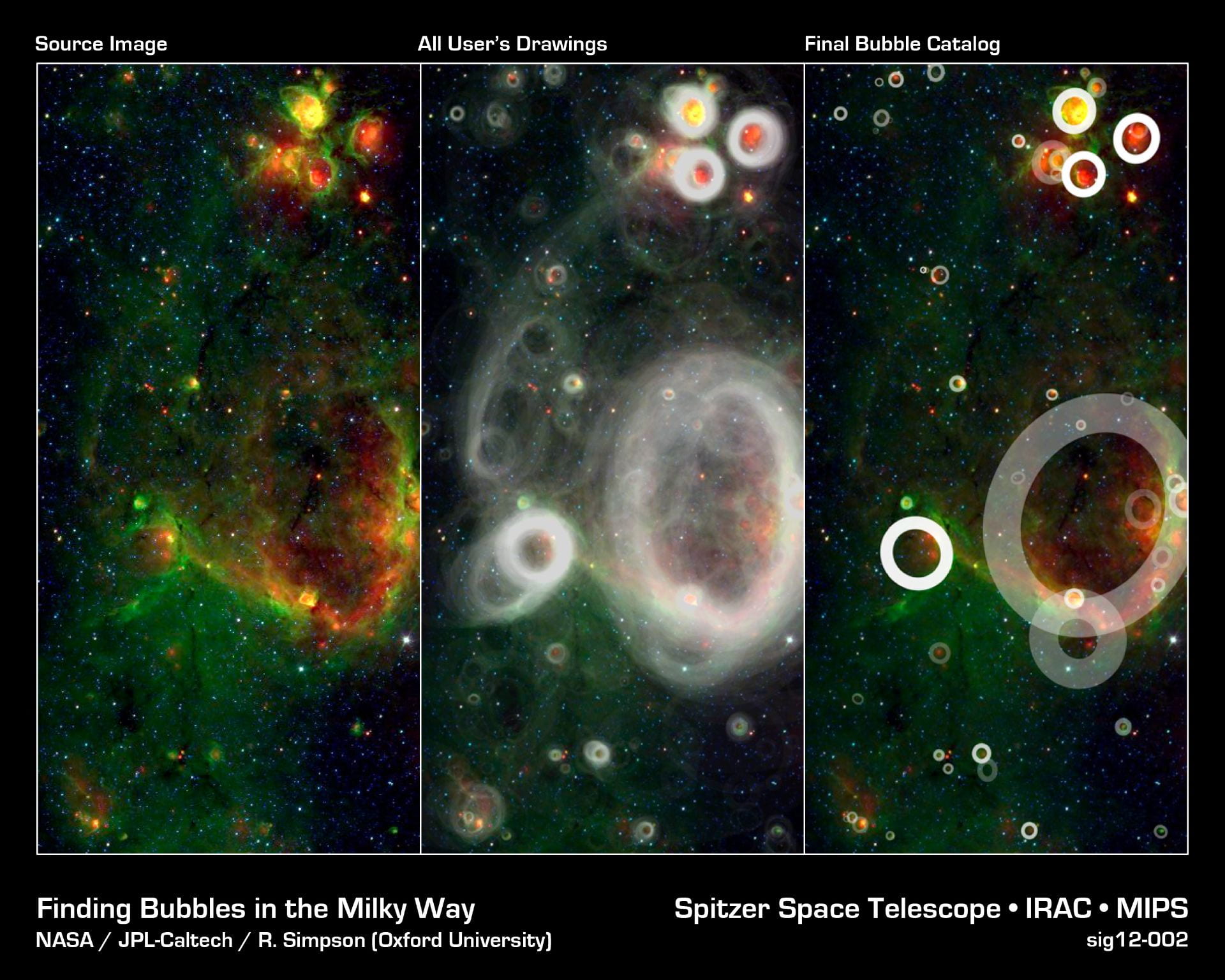Louis Pasteur once said, “Science knows no country, because knowledge belongs to humanity, and is the torch which illuminates the world.” The act of doing science should not, and cannot, be confined to people in lab coats with multiple degrees squinting at computer screens and scribbling on whiteboards. Exploring the natural world around us should be something everyone can take part in, and that’s what citizen science is.

Citizen science is the collaboration between professional scientists and amateur scientists. This melding of expertise helps to direct non-professionals to the big questions of a field and helps the professionals gain the human power needed to complete large projects. Not to mention some community groups are even coming together to publish respected papers in the field. And although the internet has helped this collaboration immensely, amateurs have been doing important science for centuries. Big names like Sir Isaac Newton, Ada Lovelace, and Stephen Wolfram have all funded their own work and would be considered non-professional scientists.
While many fields have citizen science projects, I will focus on astronomy. Amateur astronomers started my own field of astronomy and still thrive within it today, from backyard astronomers with binoculars to those who own private observatories. Since 1911, the American Association of Variable Star Observers (AAVSO) has coordinated the efforts of such astronomers to collect data on bright stars and this data can then be used to compliment our large telescope data.
More recently, Galaxy Zoo started putting collections of galaxy images online to ask for help in categorizing them. The first collection had 900,000 galaxies. For one person, that’s more than 5 years of work, but for a community of citizen scientists, it may only take a few weeks. As co-founder of the project Chris Lintott said, “In many parts of science, we’re not constrained by what data we can get, we’re constrained by what we can do with the data we have. Citizen science is a very powerful way of solving that problem.” Over 60 papers have been published based on Galaxy Zoo work and one new type of galaxy was even discovered: Green pea galaxies – now the subject of an IU astronomer’s thesis.

Spurred on by its success, the project has been renamed Zooniverse and it now contains projects across many scientific disciplines. You can help transcribe 10th-13th century documents on the lives of Jewish people in Egypt, search for retinal damage caused by diabetes, or identify wildlife in Chicago. Personally, I am helping to find and transcribe the notes of important women in astronomy. This is my 12th Zooniverse project and as I grow as an astronomer I find myself understanding more of the context to why these projects are important. And I still enjoy helping with projects outside of my field to widen my horizon and keep learning new things. When I open the history projects, I am just as uneducated as my 15 year old self was when I started classifying galaxies.
Science needs no degree, only a healthy amount of curiosity. Citizen science is there to help you explore, learn, and make discoveries. Together, we can embark on the adventure we call Science.
Edited by: Evan Arnet and Lana Ruck

Leave a Reply